A sanctuary of serenity and splendor, where ancient craftsmanship meets divine tranquility.
Ever wondered what peace feels like?
Welcome to the Muhammad Ali Mosque, an architectural marvel nestled in the heart of Cairo.
This isn’t just any mosque; it’s a sanctuary where history whispers through intricately carved minarets and expansive courtyards invite quiet reflection.
Imagine stepping into a world where every detail tells a story of devotion and artistry.


Open daily from 8 AM to 5 PM
Modest clothing covering shoulders and knees; headscarves for women are recommended.
Early morning or late afternoon to avoid the heat and enjoy the mosque in softer light.

Explore the historic Citadel, a stone’s throw from Muhammad Ali Mosque, offering stunning views and deep historical insights.

Marvel at the ancient Pyramids of Giza, a testament to Egypt’s grandeur, located just a short drive from the mosque.

Visit Al-Nasir Muhammad Mosque within the Citadel, showcasing splendid Islamic architecture near Muhammad Ali Mosque.
Dome Diameter is 69 Feet Wide (21 meters).
Built in memory of Tusun Pasha, Mohamed Ali's oldest son.
Inspired by the Hagia Sophia, blending Islamic and Byzantine architectural elements.

The minarets stand at an impressive 270 feet tall, offering one of the best views of Cairo.
Took nearly 20 years to complete, symbolizing a fusion of dedication and architectural innovation.
Intricate alabaster walls that glow under the Egyptian sun, earning it the nickname "The Alabaster Mosque".





In the bustling heart of Cairo, the Mohamed Ali Mosque stands as a testament to devotion and artistry.
Its walls, steeped in history, echo tales of faith, resilience, and the human spirit's quest for the divine.
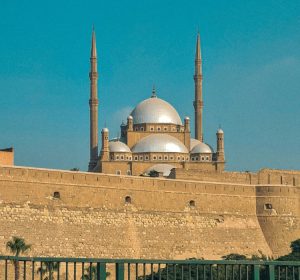
Crafted from the purest alabaster, the mosque's walls shimmer with a celestial glow, especially at dawn and dusk. This choice of material was not just for its beauty but also for its symbolism — purity and the divine light of faith.
The mosque's radiant facade invites believers and visitors alike into a sanctuary of peace, reflecting the mosque's role as a beacon of hope and guidance.

The mosque's design was inspired by the grandeur of the Hagia Sophia, aiming to fuse the architectural brilliance of Byzantine and Islamic traditions.
The soaring domes and towering minarets were not merely aesthetic choices but symbols of the divine reaching towards the heavens, encouraging all who enter to lift their thoughts and spirits beyond the earthly realm.

Surrounded by the chaotic energy of Cairo, the mosque's expansive courtyard offers a tranquil oasis. Here, time seems to stand still, allowing visitors to pause, reflect, and find solace.
The meticulously designed marble floor, with its geometric patterns, represents the intricate tapestry of life, reminding us of the interconnectedness of all things.

During times of political upheaval and social unrest, the mosque has served as a sanctuary for those seeking refuge.
Its vast halls and serene courtyard have witnessed silent prayers for peace, cries for freedom, and the resilient spirit of the Egyptian people.
This enduring role highlights the mosque's significance not just as a religious site but as a beacon of hope and a sanctuary for the soul.

The call to prayer, or Adhan, resonates from the mosque's minarets five times a day, weaving a spiritual tapestry across Cairo's skyline.
This sacred tradition calls the faithful to pause, reflect, and reconnect with the divine, serving as a reminder of the mosque's enduring spiritual legacy.

The Mohamed Ali Mosque, through its libraries and learning centers, has been a hub of Islamic scholarship and enlightenment. Scholars, poets, and theologians have walked its halls, engaged in deep philosophical debates, and contributed to the rich tapestry of Islamic intellectual tradition.
The mosque's role in fostering education and understanding underscores its importance beyond religious ceremonies.

Gazing upwards inside the mosque, visitors are captivated by the intricate celestial designs adorning the domes.
These artistic masterpieces are not mere decorations but symbolic representations of the cosmos, reflecting the human quest for understanding and the eternal connection between creation and the Creator.

Within its walls, the mosque safeguards relics and manuscripts that span centuries, offering a window into the past.
These treasures tell stories of empires, cultures, and the enduring human quest for connection with the divine, making the mosque a living museum of human history and spirituality.

The Mohamed Ali Mosque is more than a monument; it is the heartbeat of Cairo. It stands as a testament to the city's enduring faith, its rich history, and the unbreakable spirit of its people.
As a sanctuary of peace in the midst of a bustling metropolis, it offers a place of reflection, prayer, and connection for all who enter its gates.

Mohamed Ali Pasha, the Ottoman governor of Egypt, commissions the mosque within the Cairo Citadel, envisioning it as a grand structure to honor his late son, Tusun Pasha.

Construction of the Muhammad Ali Mosque begins, marking the start of a new architectural era in Cairo, blending Ottoman and Islamic styles.

Construction of the Muhammad Ali Mosque begins, marking the start of a new architectural era in Cairo, blending Ottoman and Islamic styles.

Skilled artisans from around the Ottoman Empire contribute to the mosque’s intricate design, using alabaster for its walls, which later earns it the nickname “The Alabaster Mosque.”

After nearly two and a half decades, the mosque is completed, standing as a testament to Mohamed Ali Pasha’s vision and the craftsmanship of its builders.

After nearly two and a half decades, the mosque is completed, standing as a testament to Mohamed Ali Pasha’s vision and the craftsmanship of its builders.

The mosque quickly becomes a spiritual and cultural hub in Cairo, attracting scholars, poets, and the faithful to its serene courtyards and halls.
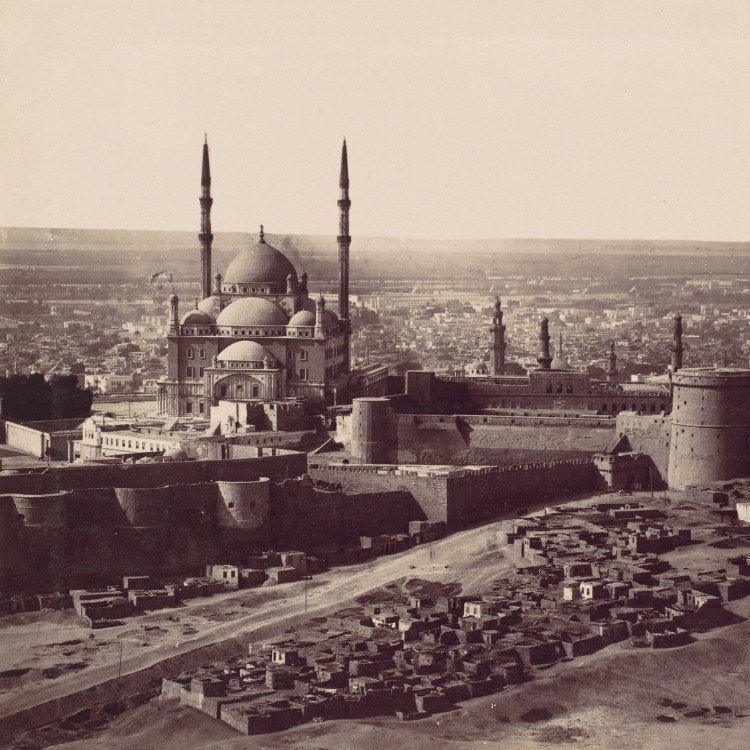
The mosque undergoes its first major renovations, preserving its architectural beauty and intricate interior designs.
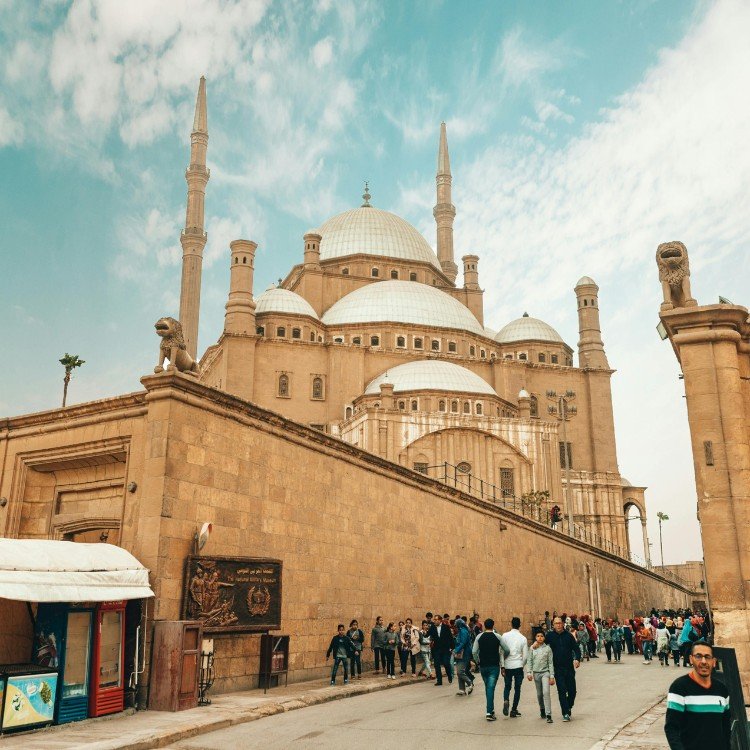
The mosque undergoes its first major renovations, preserving its architectural beauty and intricate interior designs.

The mosque plays a pivotal role during World War II, serving as a peaceful sanctuary amidst global turmoil.
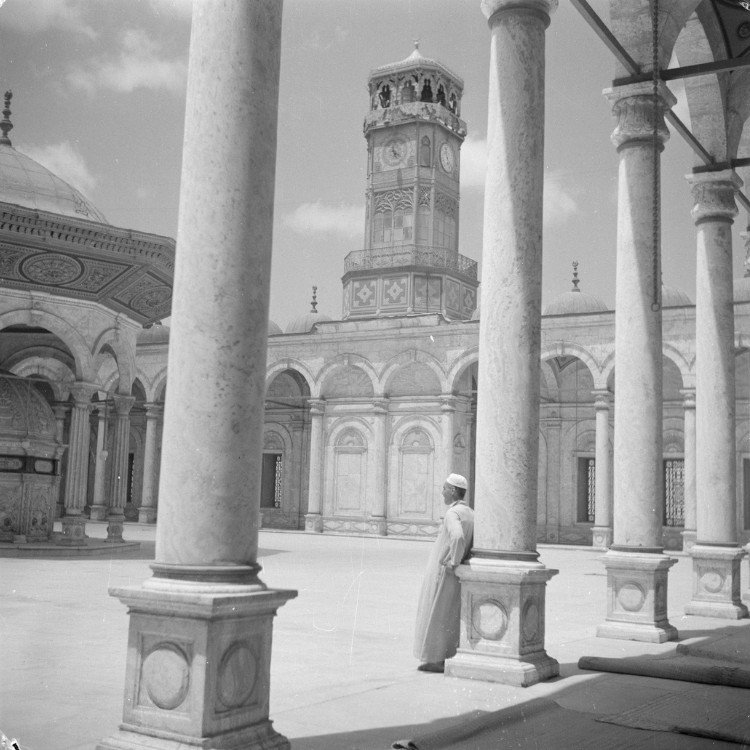
During the Egyptian Revolution, the mosque stands as a symbol of resilience and hope for the Egyptian people, witnessing silent prayers for freedom and peace.
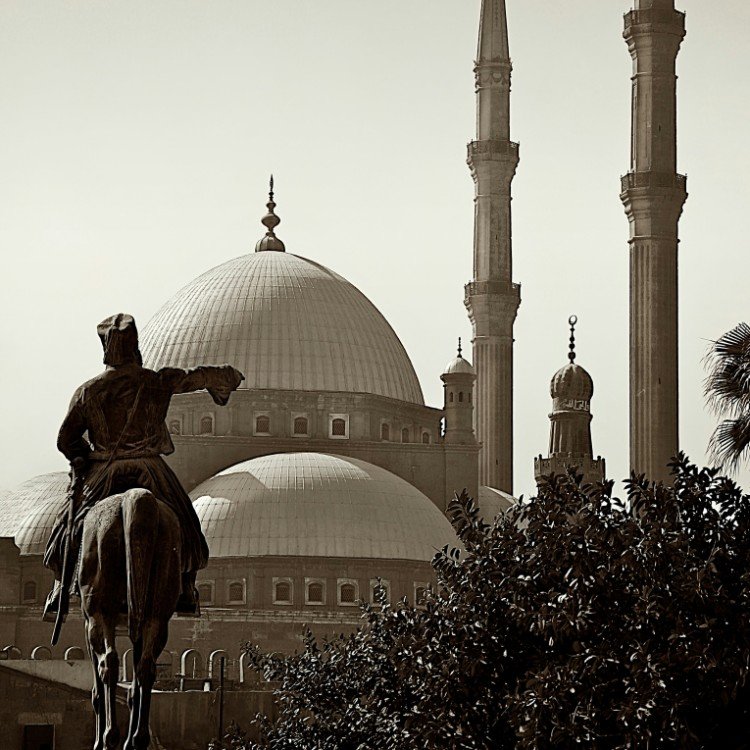
During the Egyptian Revolution, the mosque stands as a symbol of resilience and hope for the Egyptian people, witnessing silent prayers for freedom and peace.

The mosque becomes a UNESCO World Heritage Site, recognized for its architectural significance and contribution to Islamic heritage.

A comprehensive restoration project begins, aimed at restoring the mosque’s original splendor and addressing the wear and tear of time.

A comprehensive restoration project begins, aimed at restoring the mosque’s original splendor and addressing the wear and tear of time.

The Cairo Citadel opens to the public for the first time, increasing tourist visits to the Historic Cairo area, which includes the Muhammad Ali mosque.
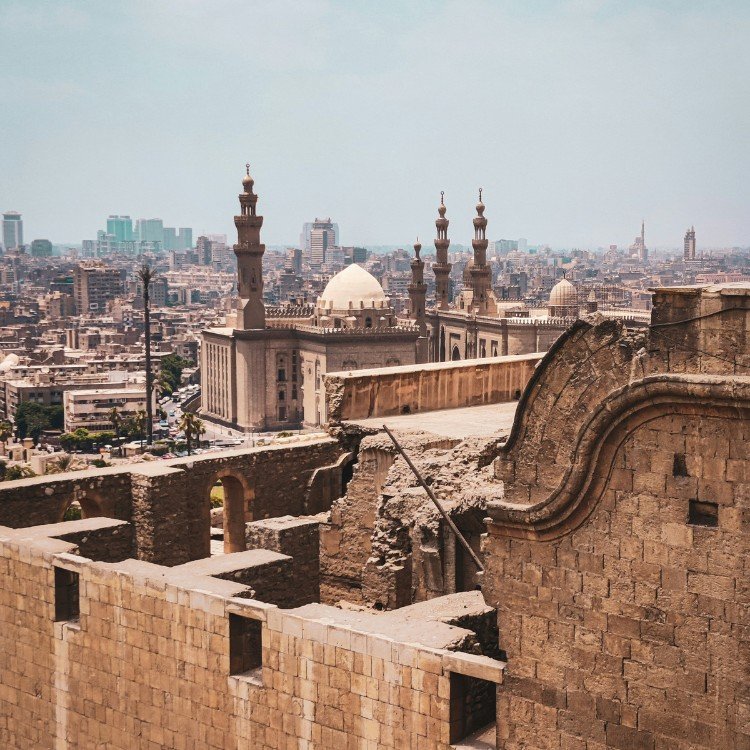
The Muhammad Ali Mosque continues to be a beacon of faith and history, attracting millions from around the world to marvel at its design and soak in its tranquil atmosphere.

The Muhammad Ali Mosque continues to be a beacon of faith and history, attracting millions from around the world to marvel at its design and soak in its tranquil atmosphere.

Amidst the Egyptian Revolution, the mosque remains a symbol of unity and peace, providing a space for reflection and solace for people from all walks of life.

The mosque undergoes minor renovations to ensure its preservation for future generations, reaffirming its status as a cherished landmark in Cairo’s skyline.

The mosque undergoes minor renovations to ensure its preservation for future generations, reaffirming its status as a cherished landmark in Cairo’s skyline.

The Muhammad Ali Mosque stands as a timeless monument, embodying centuries of history, spirituality, and architectural grandeur, continuing to inspire and uplift all who visit its sacred halls.
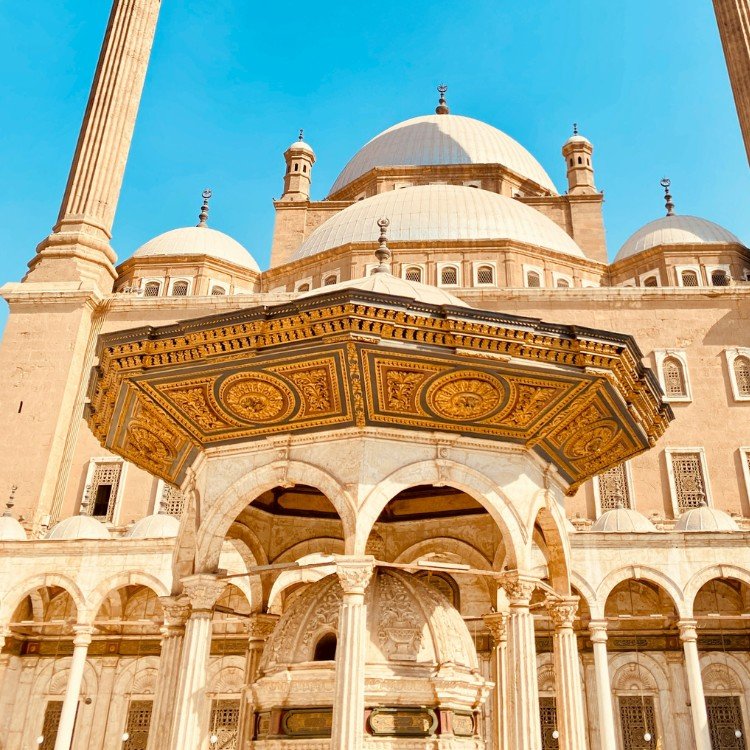

The Muhammad Ali Mosque, often referred to as the “Alabaster Mosque,” stands majestically within the Cairo Citadel, embodying centuries of spiritual and cultural heritage.
This sanctuary, more than just a place of worship, narrates a tale of divine aspiration, architectural marvel, and the enduring spirit of a community.
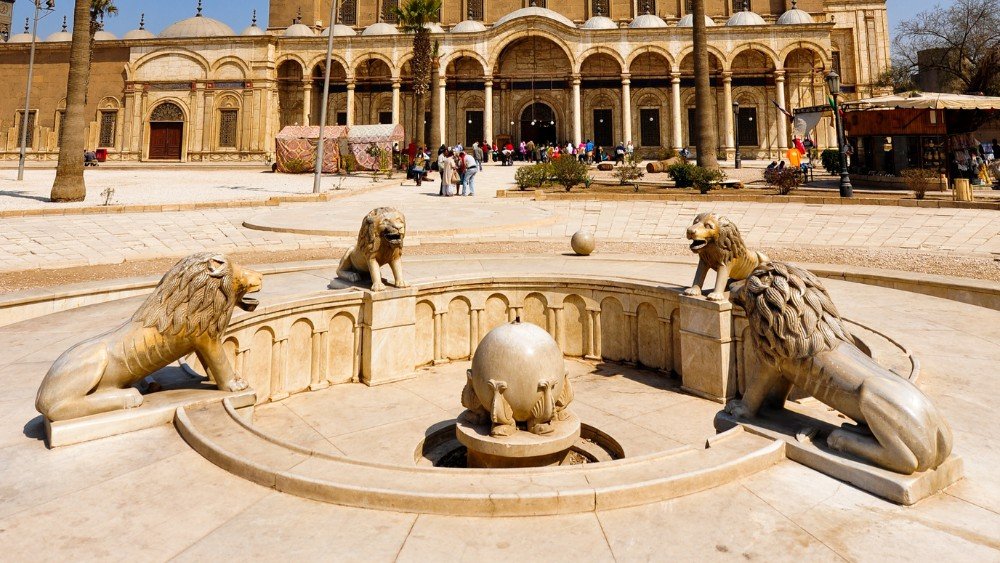
The mosque’s foundation was laid in 1830 by Mohamed Ali Pasha, the Ottoman governor of Egypt, who envisioned creating a mosque that rivaled the world’s most splendid sanctuaries.
Inspired by the Hagia Sophia in Istanbul, the mosque was to blend the grandeur of Byzantine architecture with Islamic artistry, creating a space that transcended religious and cultural boundaries.

The construction of the mosque spanned over two decades. The mosque was built between 1830 and 1848, and was fully completed in 1857.
Skilled artisans from across the region were commissioned, each contributing to the mosque’s breathtaking interior and exterior.
The use of alabaster for the walls, a material known for its translucent quality, was a testament to Mohamed Ali’s vision of creating a space filled with divine light.

Upon its completion in 1848, the Muhammad Ali Mosque quickly became a beacon of tranquility amidst the bustling streets of Cairo.
Its spacious courtyard, with its ornate ablution fountain, invited visitors to reflect and find solace.
The mosque’s towering minarets, visible from miles away, served as a constant reminder of the spiritual refuge available to all who sought it.
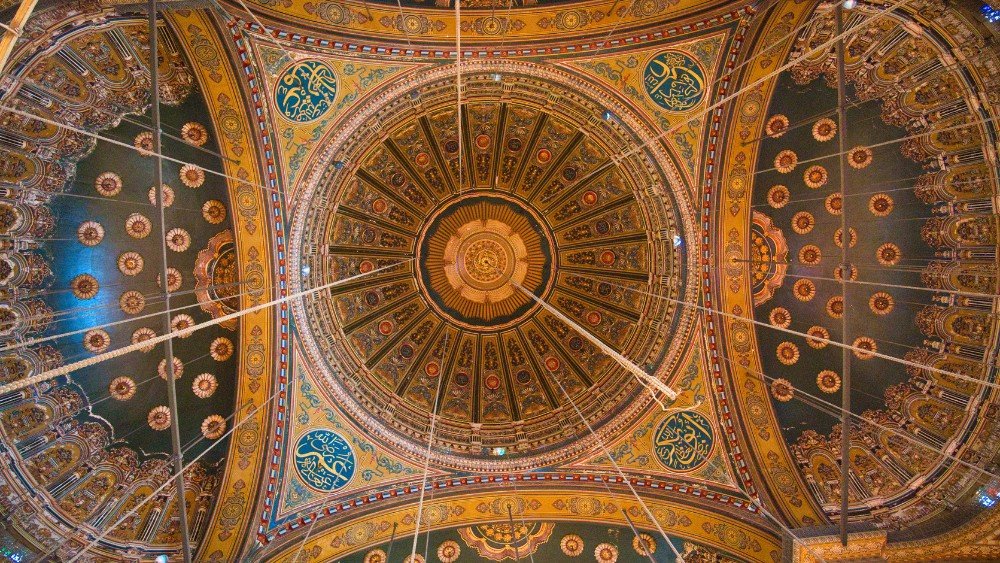
The mosque’s interior is a canvas of intricate Islamic art, with walls adorned with verses from the Quran and ceilings embellished with elaborate geometric patterns.
The grand dome, an architectural marvel, is supported by four massive arches, each telling a story of the mosque’s enduring strength and the unity of the community that built it.
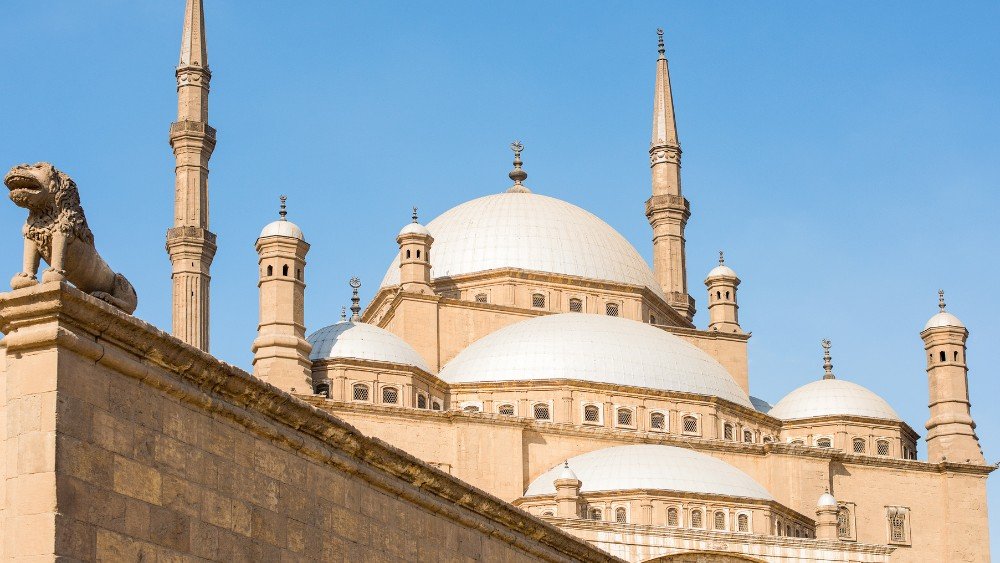
The Muhammad Ali Mosque has stood as a witness to Egypt’s tumultuous history, from colonial struggles to the quest for independence.
Its walls have absorbed the prayers of soldiers, revolutionaries, and peace-seekers, making it a symbol of Egypt’s resilience and hope.
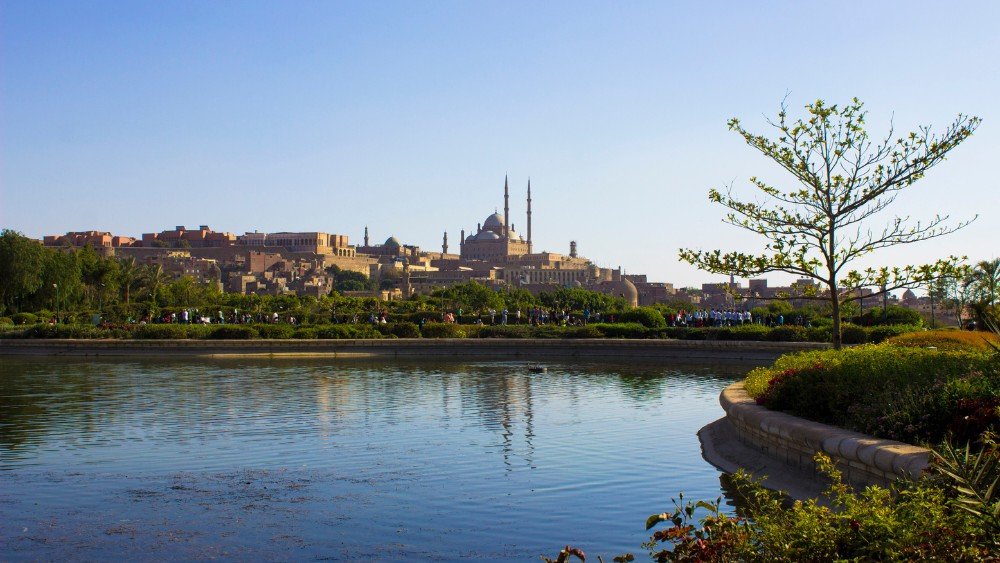
The mosque not only serves as a place of Islamic worship but also as a cultural landmark, attracting visitors from around the world.
Its unique blend of Ottoman and Egyptian architectural styles speaks to the historical confluence of cultures in Egypt, making it a testament to the country’s rich multicultural heritage.
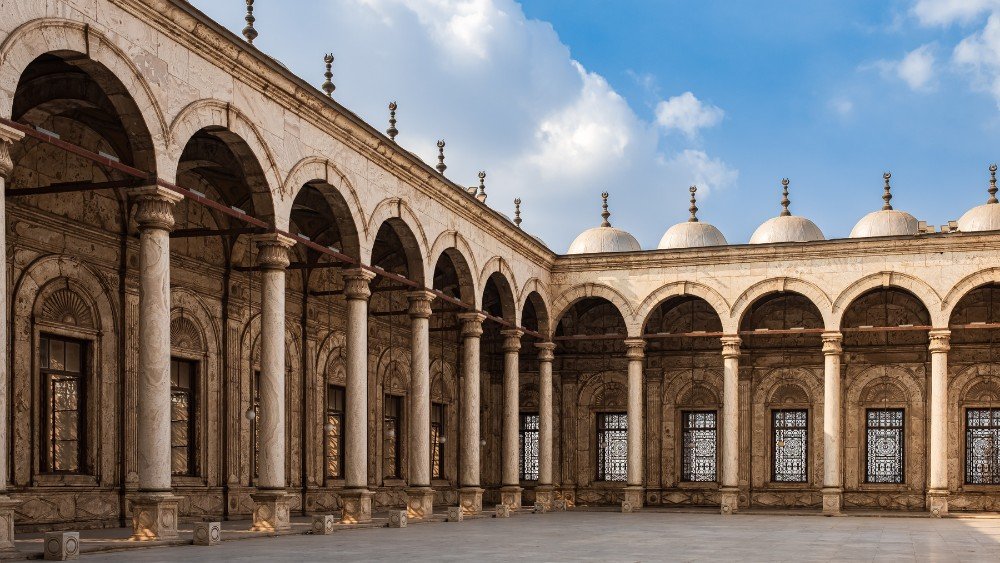
Over the years, the mosque has undergone several restorations to preserve its beauty and structural integrity.
These efforts underscore the community’s commitment to maintaining this sanctuary as a source of inspiration and spiritual nourishment for future generations.
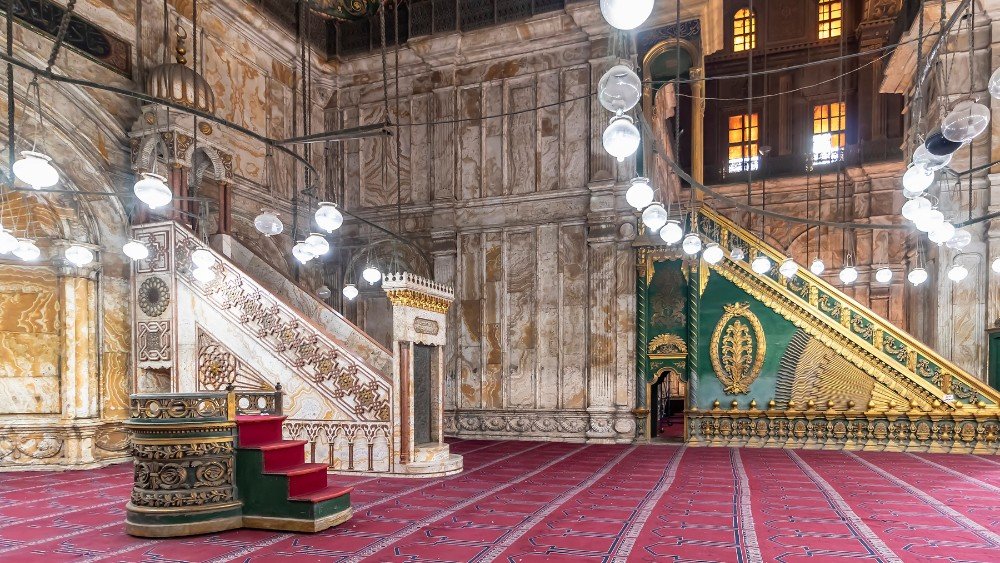
In addition to its religious significance, the Muhammad Ali Mosque has been a center of Islamic scholarship and education.
Its libraries and study halls have hosted scholars and students keen on understanding the depths of Islamic jurisprudence and theology, further cementing its role in the intellectual and spiritual life of Cairo.

The Muhammad Ali Mosque, with its towering presence and serene ambiance, continues to be a symbol of unity and faith.
It stands as a reminder of humanity’s quest for the divine and the shared values that bind us across different cultures and religions.

As the sun sets on Cairo, the mosque, bathed in the golden hues of twilight, remains a beacon of enlightenment.
It invites all who wander through its gates to pause, reflect, and connect with something greater than themselves, offering a journey through the corridors of history, art, and spirituality.
Contact Us
Copyright © 2025 Temples.org. All rights reserved.